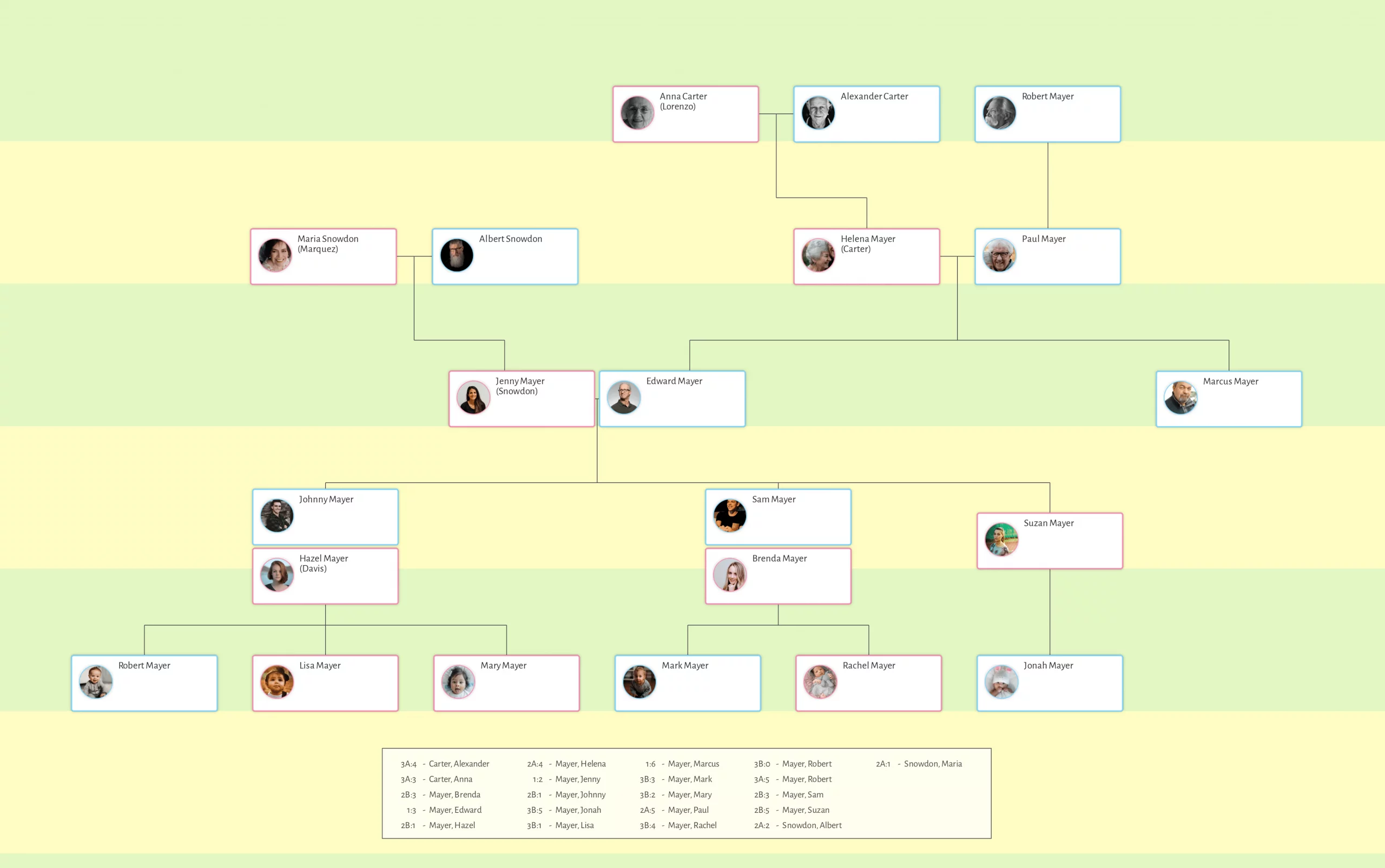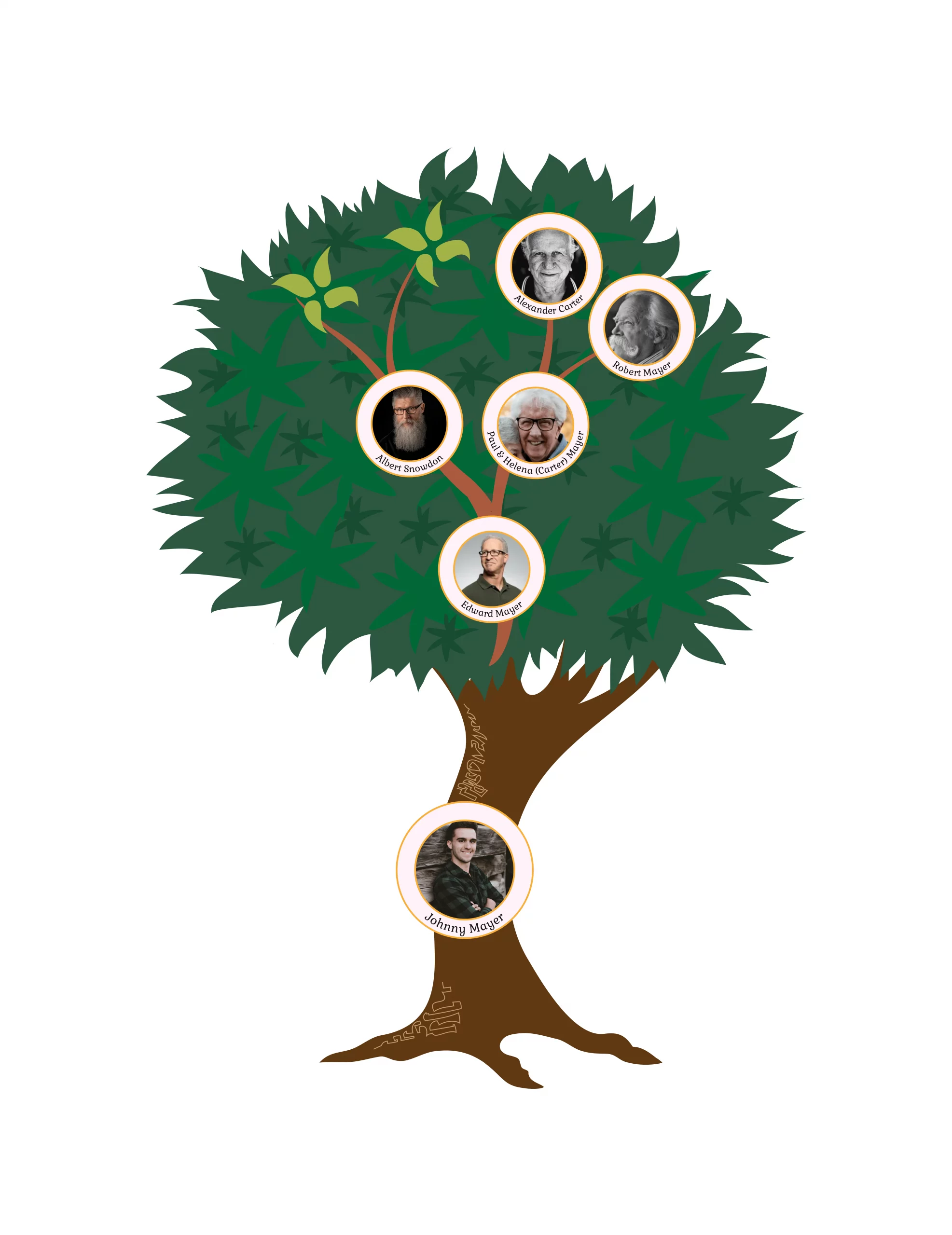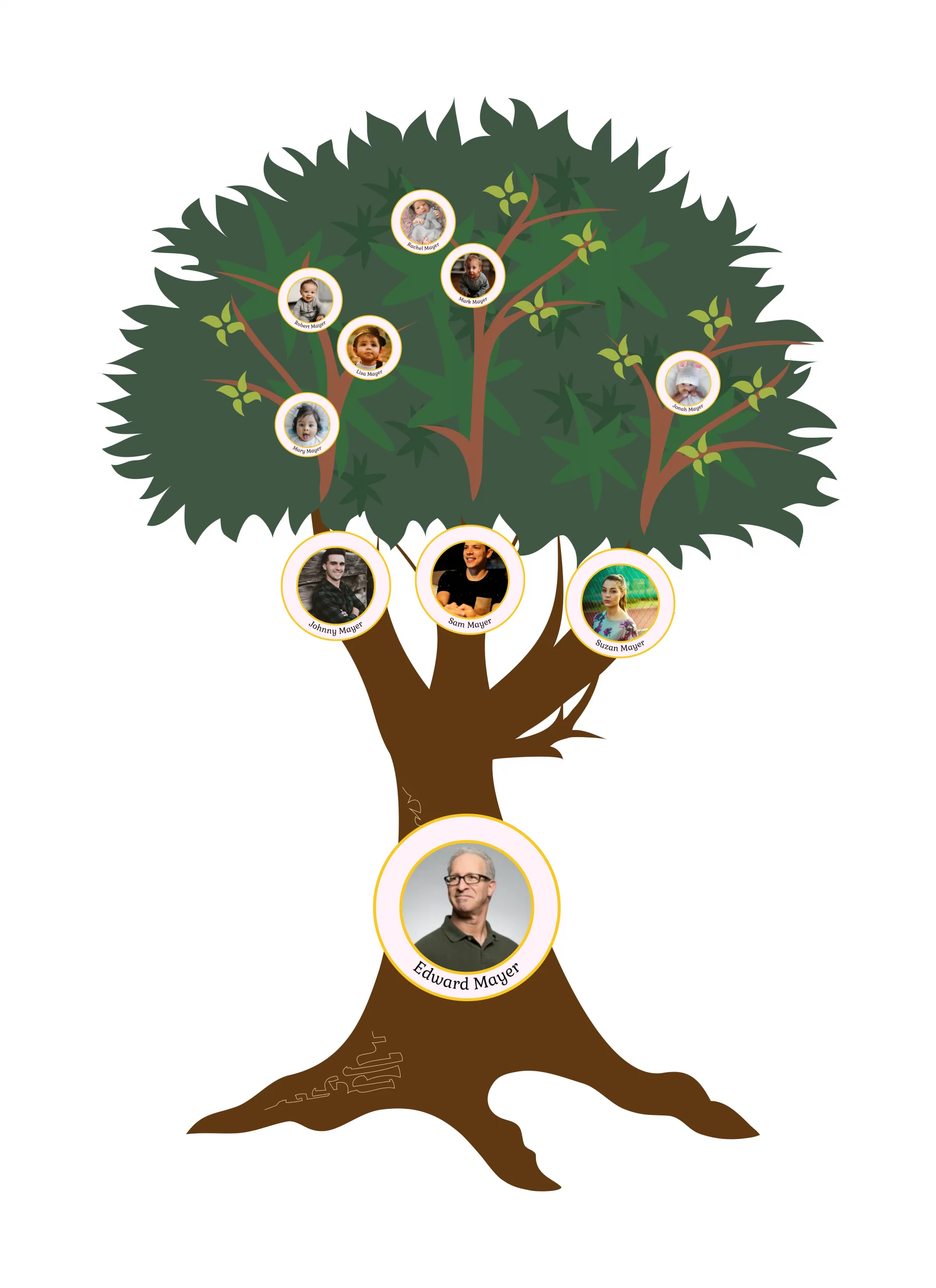Family History Book: Ideas for a New Family Tradition

There are many reasons why family history matters. For one thing, it is a way for people to get in touch with their roots and understand their identity better. Many lessons can be learned by looking into the lives of our ancestors. We can be inspired by their achievements, learn from their failures, and just have a better perspective and appreciation of life. The benefits, beyond just posterity, are numerous, so there are a multitude of reasons why you would want to invest the time and effort into creating a family history book.
In this article, we present some ideas to get you started and help you along as you put your family history together.
Family History Book as a Family Tradition
Just as your family history did not start with you, the task of recording it should not end with you either. The idea of an ancestry book should be a multilateral effort that will be continued long after you are gone. So as you create a family book, think about how this tradition can be continued in coming generations. There are genealogy tools online, for example, that can help you chart your heritage in different ways, and get other family members to contribute to the effort.
Reasons to Create a Family Book
It’s incredible how much history passes by unnoticed. What we see as ordinary, mundane events will offer priceless insights for future generations down the line. Picture that family scene when everybody huddles, fascinated, around an old picture of a loved one, poring over the tiny details which must have been unremarkable at the time the photo was taken. By recording your family history, we give future generations more than just a snapshot of our lives. We offer them the ability to really understand their roots, appreciate their history, and hopefully become more grounded human beings. You can dive into creating that family heritage book knowing the stakes and understanding its value.
How to Create a Family Book
The why is clear, but the how can be a sticky question. There are lots of family history book examples that you can find. Many are impressive, dutifully telling fascinating stories of ordinary (and sometimes extraordinary) characters that would otherwise have faded from memory. What those family heritage books do not show is the process that went into them, and how you too can tell your own family’s story.
The first thing you need to do is roughly plan your project. Think about the scope of what you want to cover. What information will you need? Where will you get it? What sources and resources are available to you? For more contemporary members and generations of the family, you will have the luxury (or hassle) of curating your content – choosing what to keep and what to discard. For older generations, however, you might be lucky to be able to pinpoint a date of birth, let alone find a photo. Thinking about these challenges beforehand will help you plan your project, and decide what form your ancestry book will take.
Once you have decided on your format, you can start with a draft with the information you have, and then start to research further and fill out the missing gaps. Get other familial members on board to help you plug the information gaps. You might be surprised how much information is lying around in forgotten boxes in your relatives’ houses, or how much is documented on social media.
Types of Family History Books
Depending on what information you have available and the type of story you want to tell, you can go about documenting your family history in different ways. Let’s take a look at a few:
Photo Books
If you’re spoilt for choice when it comes to visual content, you can opt for a photo book, a popular family history book example. Remember that there is quite a big difference between a photo book and a random collection of pictures. What is the theme of your photo book? Do you have the pictures to illustrate it and tell the story you want to narrate? You can opt to tell a short, focused story. You can illustrate one person’s biography for example, or share images from family reunions. Photo books are light on text and heavy on the imagery. So you want to make sure you have sufficient material to go down whatever route you choose.
Narrative Books
If you have lots of information, but not much imagery, you could swing the other way and choose a narrative book. This is basically a written story narrating the history you want to relate. Here too, planning is key. You should know what information you have, fact-check it, and then plan out your book. The amount of information you have available may dictate what direction you take. Just like with photo ancestry books, you may decide to focus on one person or family, or a time period for which you have sufficient information to knit a story together.
Family History Books
If photo books and narrative books are two ends of the spectrum, family history books occupy a space somewhere in between. A family history book will contain a bit of everything. Like a good soup, you want to make sure you have the right ingredients, in the right amounts to be able to properly pull it off.
You can follow the history of one person back through time or that of a couple. You can start with a descendant and go forwards through time to the present day, using an appropriate mix of text and images.
Conclusion
Documenting your familial history is a great way to share your family’s life experiences with later generations, and is also an opportunity to bring your family closer together. You can bring other family members into the project to help you find the relevant information, and also keep the tradition going. Collate data from different sources – official records, photos, narrated stories, into a compelling volume that can become a prized family possession for years to come.
 Family chart example
Family chart example Ancestor’s Treemily
Ancestor’s Treemily
 Descendant Treemily
Descendant Treemily




